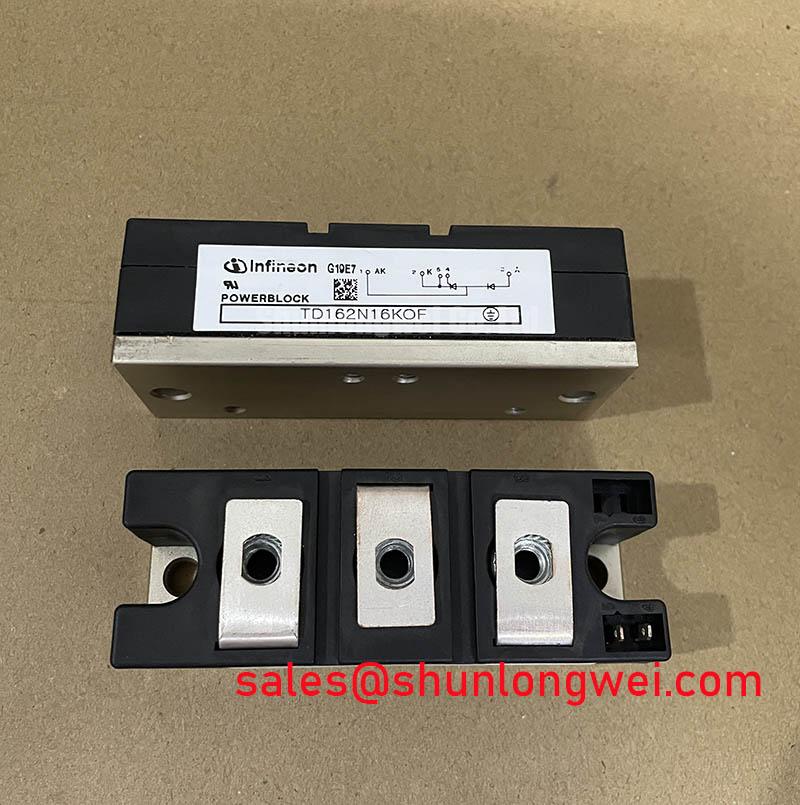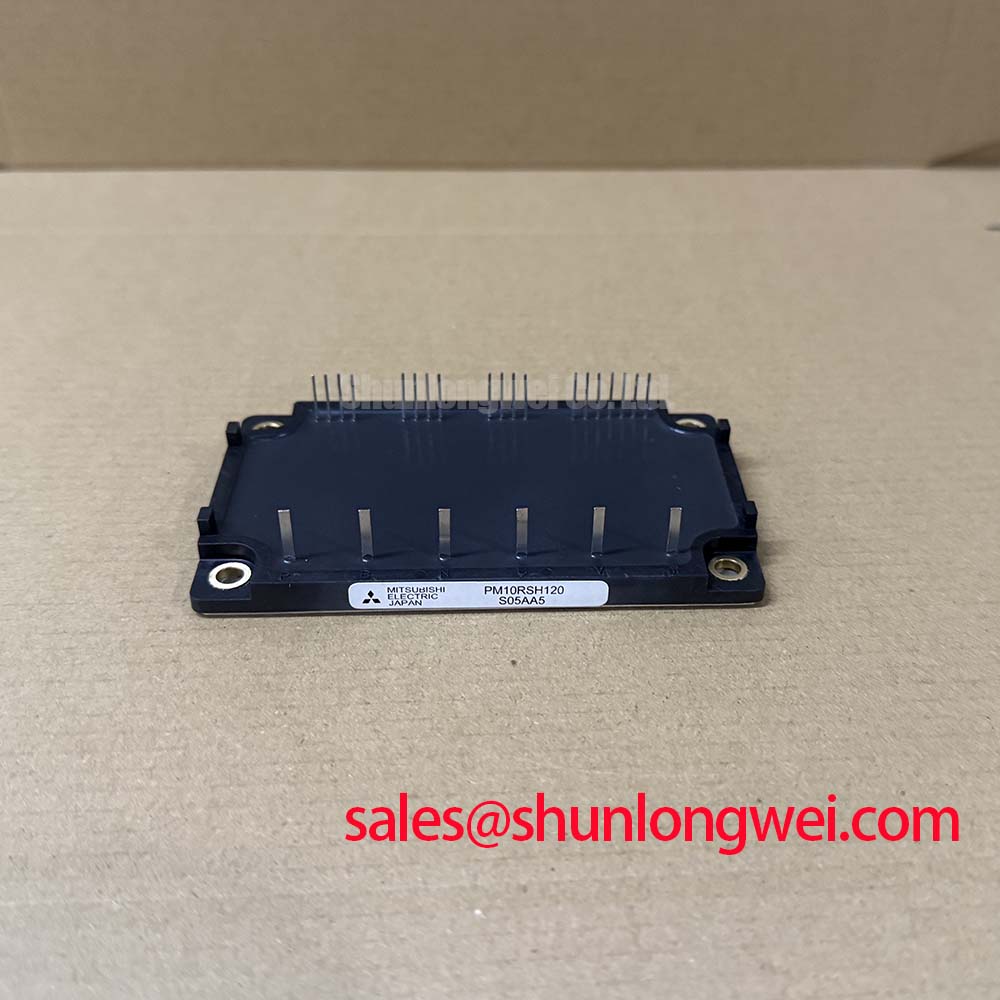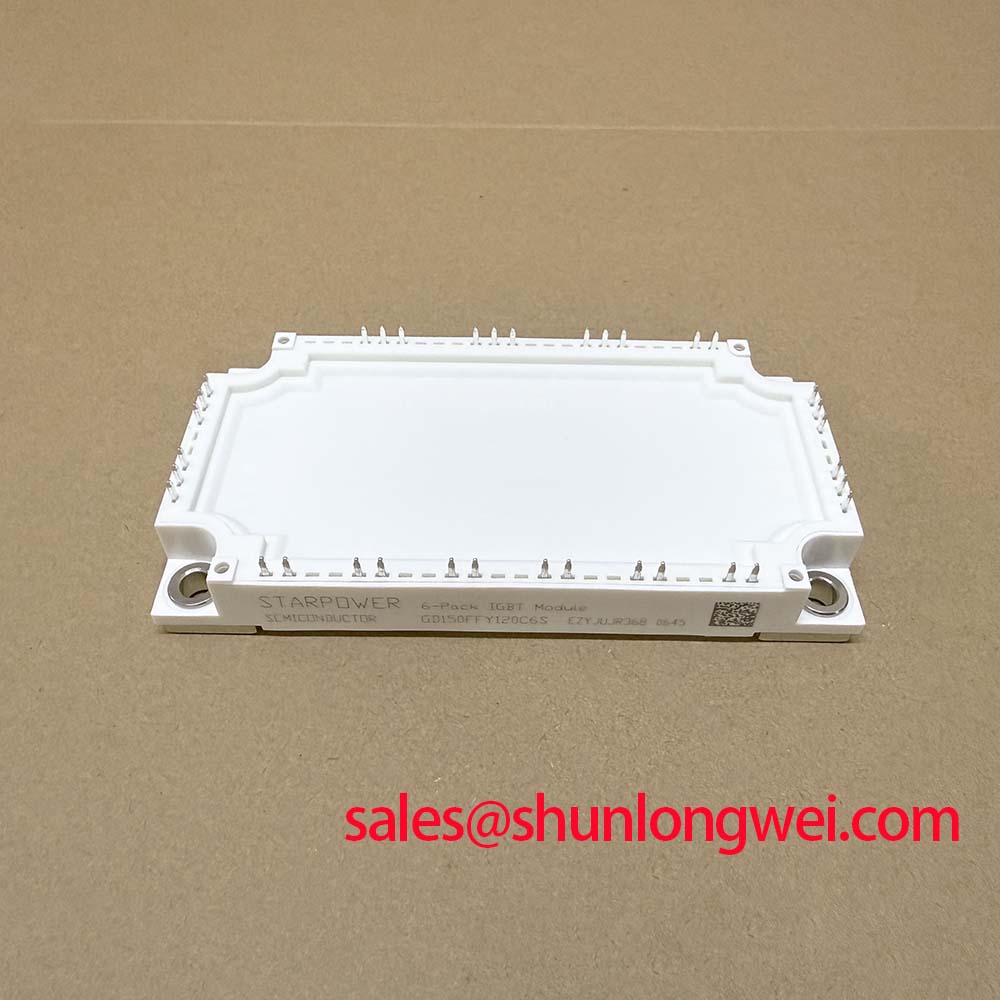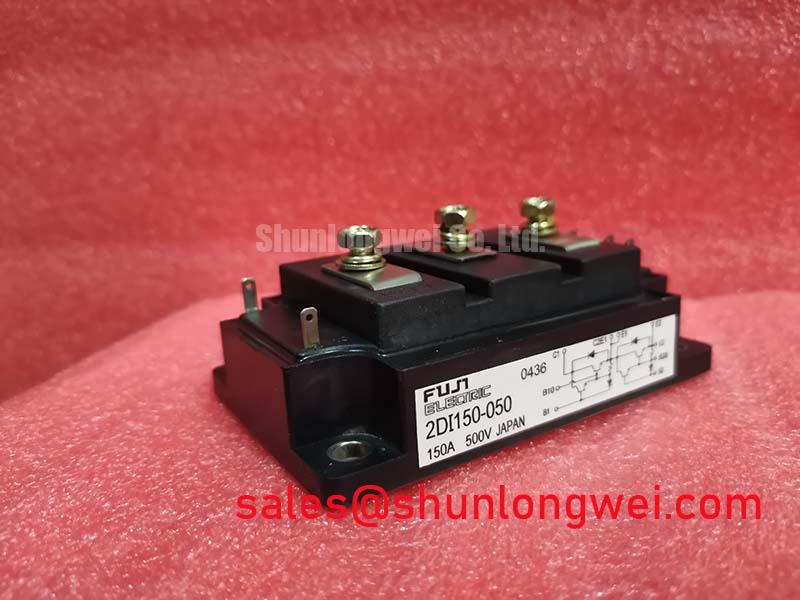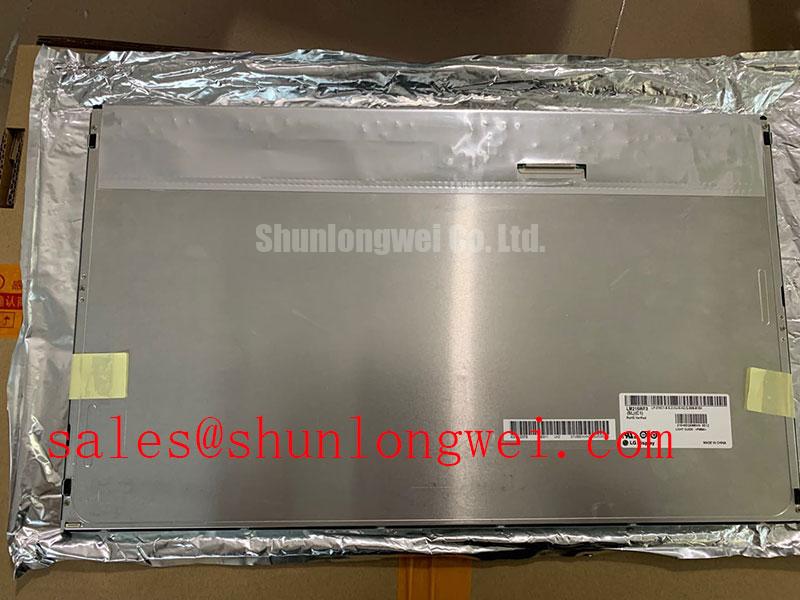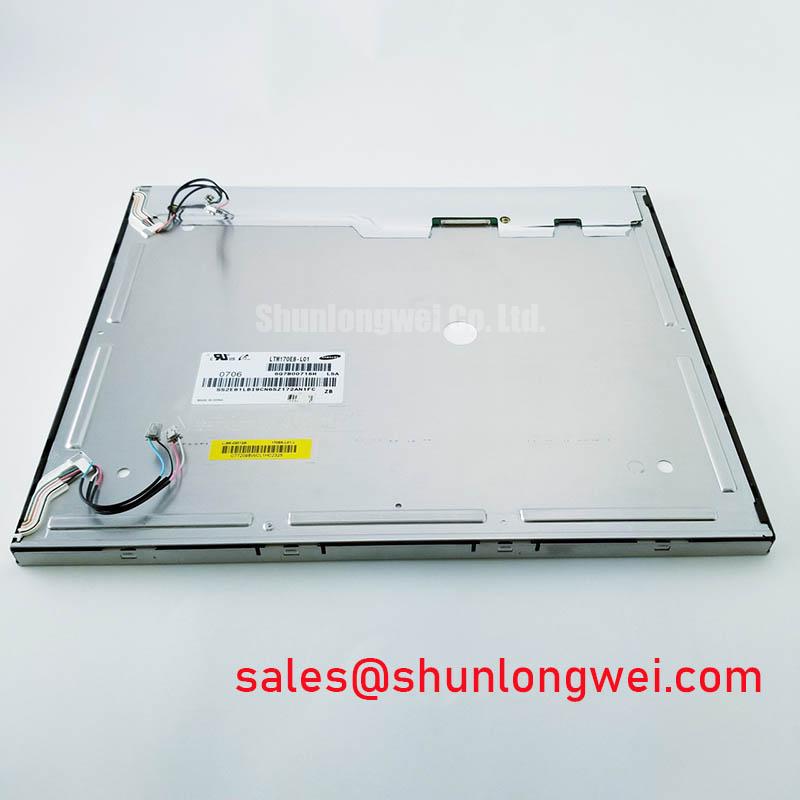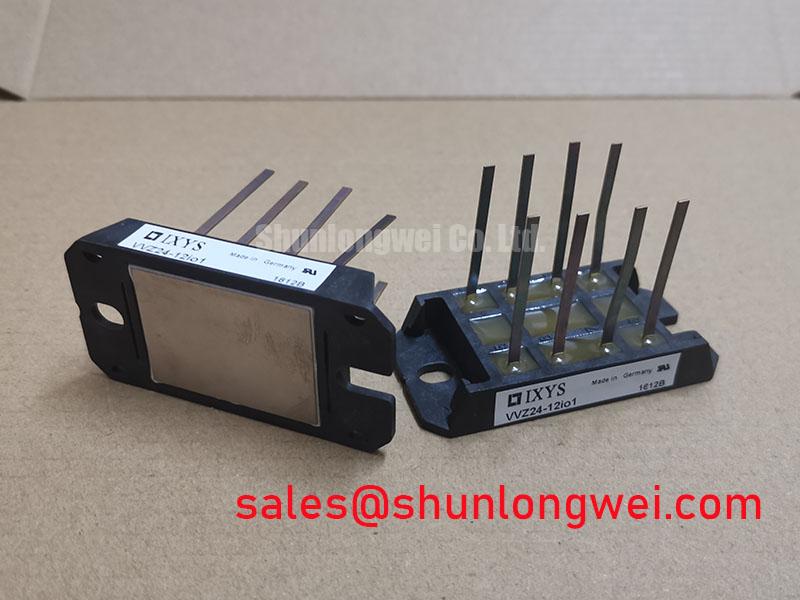TD162N16KOF: Engineering Superior Reliability with 1600V Pressure Contact Thyristor/Diode Module
An In-Depth Analysis for High-Power Industrial Systems
Content last revised on October 6, 2025.
The Infineon TD162N16KOF is a Thyristor/Diode Module engineered for exceptional long-term reliability in demanding high-power control applications. Featuring key specifications of 1600V | 295A (I_TAVM) | Rth(j-c) 0.11 K/W, this device leverages industrial-proven pressure contact technology to deliver superior thermal performance and mechanical robustness. Its primary benefits include the elimination of solder fatigue failure points and an enhanced capacity for thermal cycling. This module directly addresses the critical need for operational longevity in high-stress power electronics, such as industrial motor drives and soft starters. For 690V line applications where operational lifetime and resistance to thermal stress are paramount, this 1600V pressure contact module represents the optimal design choice.
Key Parameter Overview
Decoding the Specifications for Enhanced Thermal and Electrical Reliability
The electrical and thermal characteristics of the TD162N16KOF are foundational to its performance in high-power systems. The following parameters, drawn from the official datasheet, are critical for system design, thermal management, and reliability assessment.
| Parameter | Symbol | Value | Unit | Condition |
|---|---|---|---|---|
| Repetitive Peak Reverse Voltage | V_RRM | 1600 | V | T_vj = -40°C to 125°C |
| Maximum Average On-state Current | I_TAVM | 295 | A | T_C = 100°C |
| Surge Current | I_TSM | 6000 | A | t = 10 ms, T_vj = 125°C |
| I²t-value | I²t | 180000 | A²s | t = 10 ms, T_vj = 125°C |
| Thermal Resistance, Junction to Case | R_thJC | 0.11 | K/W | Per Thyristor |
| Operating Junction Temperature | T_vj op | -40 to 125 | °C |
Download the TD162N16KOF datasheet for detailed specifications and performance curves.
Application Scenarios & Value
System-Level Benefits in Industrial Drives and Power Control
The TD162N16KOF is engineered for high-stress applications where downtime is not an option. Its core value proposition lies in providing a robust power switching and control solution for systems connected to 400V, 575V, and 690V AC lines.
A high-fidelity engineering scenario is its use in a soft starter for a heavy-duty industrial conveyor motor. During motor startup, massive inrush currents occur. The TD162N16KOF's high surge current (I_TSM) and I²t ratings provide the necessary tolerance to absorb this energy without degradation. This prevents nuisance tripping and component failure, a critical challenge in material handling and processing plants. The module’s robust thermal design ensures stability during the repeated start-stop cycles common in such environments. By reliably managing these stresses, the module extends the operational life of both the soft starter and the motor it controls, directly contributing to lower total cost of ownership.
For systems requiring a different configuration but similar voltage class, the SKKD162/16 provides an alternative dual diode module topology that can be evaluated for rectifier applications.
Technical Deep Dive: The Engineering Advantage of Pressure Contact Technology
A Closer Look at the Foundation of Long-Term Reliability
The defining feature of the TD162N16KOF is its use of Infineon's proven pressure contact technology. Unlike conventional power modules that rely on soldered connections between the semiconductor die and the baseplate, this design uses precisely calibrated mechanical pressure to ensure electrical and thermal contact. This seemingly simple difference has profound implications for long-term reliability.
Solder layers are a known failure point in power modules, especially in applications with significant temperature swings, such as a wind turbine inverter or a motor drive. Repeated expansion and contraction create mechanical stress, leading to solder fatigue, cracking, and eventual thermal runaway. The pressure contact design completely sidesteps this failure mechanism. Think of it like a high-performance engine head gasket versus a simple adhesive seal; the gasket is designed to maintain a perfect seal under immense pressure and temperature changes, whereas the adhesive will eventually degrade and fail. This inherent robustness gives the TD162N16KOF a significantly higher power cycling capability, ensuring predictable performance over a much longer operational lifespan.
Frequently Asked Questions (FAQ)
What is the primary advantage of the TD162N16KOF's pressure-contact technology over soldered modules?
Its main benefit is the elimination of solder fatigue, which is a common cause of failure in power modules subjected to frequent thermal cycling. This results in significantly enhanced long-term reliability and a longer operational lifetime.
How does the 1600V V_RRM rating benefit designs for 690V industrial mains?
A 1600V rating provides a substantial safety margin for systems operating on 690V AC lines. This margin is crucial for handling voltage transients and spikes that are common in industrial environments, ensuring the device operates well within its Safe Operating Area (SOA) and enhancing overall system robustness.
What is the significance of the R_thJC (Thermal Resistance) value of 0.11 K/W?
This low thermal resistance signifies highly efficient heat transfer from the semiconductor junction to the module's case. For a design engineer, this means any heat generated during operation can be removed more effectively, allowing for a smaller, lower-cost heatsink design or enabling operation at higher power levels for a given cooling solution.
Can the TD162N16KOF be used for line commutated converter applications?
Yes, with its thyristor and diode configuration, this module is well-suited for controlled and uncontrolled rectifier bridges, AC controllers, and other line-commutated converter topologies where high reliability and robust performance are required.
A Strategic Component for Future-Proof Designs
Integrating the TD162N16KOF into a high-power system is a strategic decision that prioritizes long-term operational reliability over initial component cost. Its pressure contact design provides a fundamental advantage against wear-out mechanisms that affect conventional modules, making it a forward-looking choice for critical industrial infrastructure designed to operate for decades.

